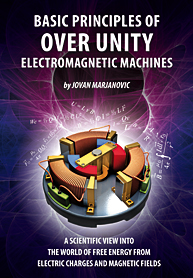
The thesis brings logico-semantic tools of the analytic tradition-about syntactic and semantic construals of theories, and about extensions and intensions-to bear on these debates. This thesis addresses three contemporary debates in the philosophy of science: namely, scientific realism, emergence, and theoretical equivalence. Using the bifurcated definition, these quantities count as observables, as one would expect on non-Hamiltonian grounds. But does some of the renaissance progress in understanding and justifying Einstein's equations owe something to particle physics egalitarianism? If so, how should the historiography of gravitation and Einstein's equations reflect that fact? The idea of a graviton mass has a 19th century Newtonian pre-history in Neumann's and Seeliger's long-distance modification of gravity, which (especially for Neumann) altered Poisson's equation to give a potential e^$ are invariant under electromagnetic gauge transformations and covariant (changing by a Lie derivative) under $4$-dimensional coordinate transformations. Both general relativists and historians of the subject tend to share a view, General Relativity exceptionalism. The renaissance of General Relativity witnessed considerable progress regarding both understanding and justifying Einstein's equations.

Underdetermination between massive and massless (Einstein) gravity even at the classical level is subject to A possible exception, including unified electroweak theory, might permit a mass term for the photons but not the Yang-Mills vector bosons. While Yang-Mills theories display similar approximate equivalence classically, quantization typicallyīreaks this equivalence. In the electromagnetic case, there is permanent underdetermination at the classical and quantum levels between Maxwell’s theory and the one-parameter family of Proca’s electromagnetisms with massive photons, which approximate Maxwell’s theory in the limit of zero photon mass. The fairly recent acceptance of nonzero neutrino masses shows that widely neglected possibilities for nonzero particle masses have sometimes been vindicated. Result that an erroneous claim has taken root that Special Relativity could not have accommodated gravity even if there were no bending of light. A simple but modern gravitational case goes back to the 1890s, but there has been apparently total neglect of the simplest relativistic analog, with the

Classical and quantum field theory provide not only realistic examples of extant notions of empirical equivalence, but also new notions of empirical equivalence, both modal and occurrent.


 0 kommentar(er)
0 kommentar(er)
